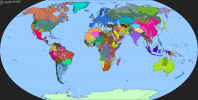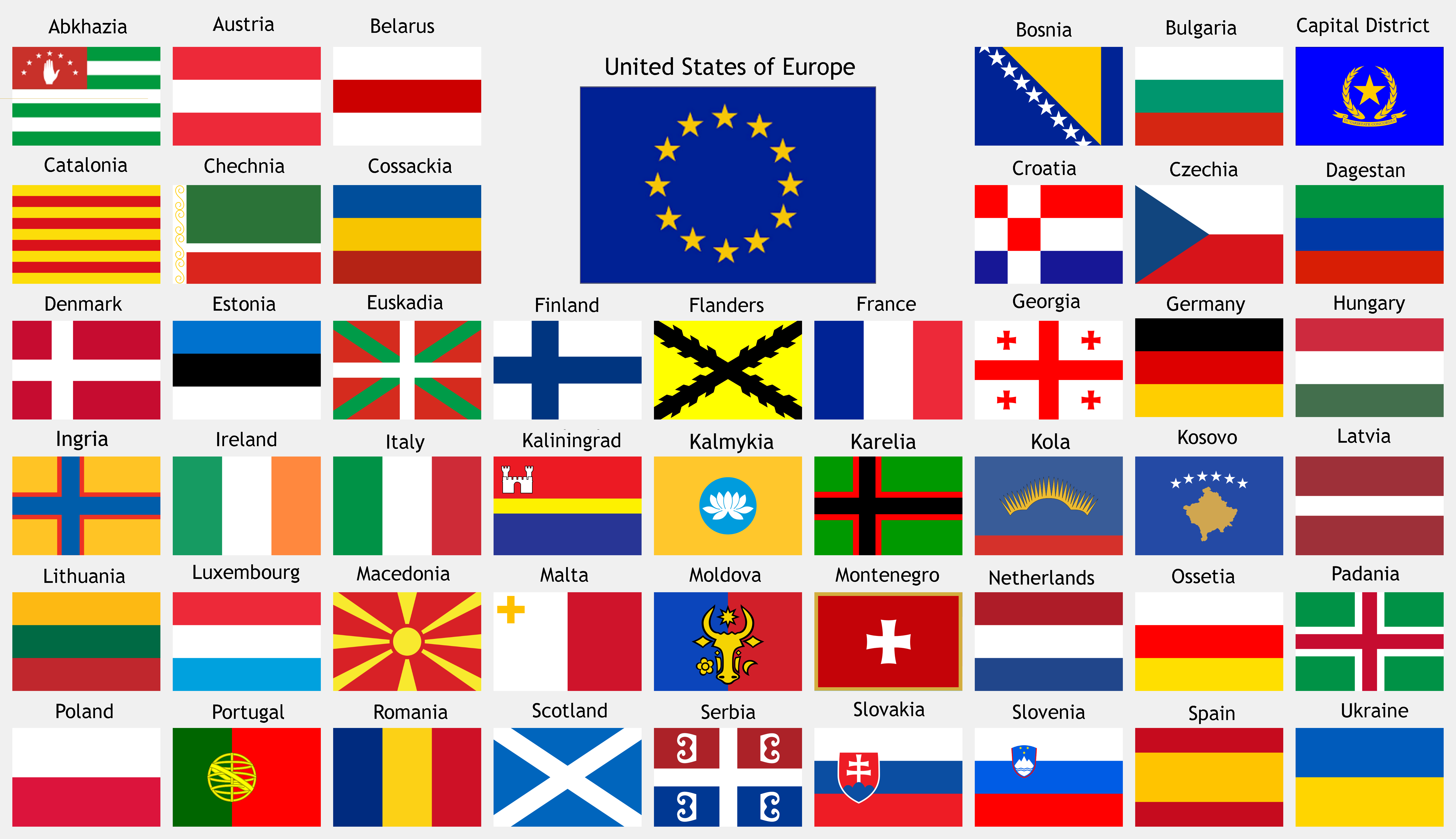View attachment 711399
By 2050, Africa is no longer what it used to be. The colonial empires are long gone, and now their remains are being disposed with. At the start of the millennium, Africa's nations were corrupt and undemocratic, locked in the same borders scribbled on maps by Europeans decades ago, continually tearing each other apart in constant civil war and ethnic strife, and being pushed around by Chinese money. Now, the future looks bright. The principle of ethnonationalism, where nations' borders should be drawn to group similar peoples together, is prompting new nations to break away from unrightful masters. Yet at the same time, similar peoples are uniting to form larger federations. All this is being done under the watchful eyes of the African Union, an organisation keeping most of Africa on good terms. Trade is also booming, boosted by the African Union's new currency, the afro, in use since 2044 in most African nations.
Some of the more notable powers in Africa include:
The
Maghreb Federation, or simply
Maghrebia, is a country dominating North Africa. Formed in 2041 from the merger of Morocco, Algeria, Tunisia, Tripolitania, the Western Sahara, and Mauretania. The state is mostly populated by Arab and Berber peoples. It acts as a bridge between Europe and Africa, providing cheap solar power to both. Population: 128 million. Currency: Maghrebi dinar.
The
Republic of Mali is a significant power in West Africa. Formed from the unification of the remainders of Mali and Guinea, the state is primarily populated by Mande peoples. Mali uses the indigenous N'Ko script to write. Population: 37 million. Currency: Afro.
The
Republic of Ghana is a significant power in West Africa. It is mostly unchanged since its independence in 1960. Ghana possesses a high standard of living comparable to the West, and Ghanaian actors frequently star in Nigerian "Nollywood" films. Population: 44 million. Currency: Afro.
The
Republic of Nigeria is a major power in Africa. It has changed significantly in the last 30 years, losing its southern portions but gaining the Hausa- and Kanuri-majority parts of Niger. The state is mostly populsted by Hausa, Fulani, and Kanuri peoples, with many smaller groups. Population: 159 million. Currency: Afro.
The
Federal Republic of the Congo is a major power in Africa. Formed from the unification of the Republic of the Congo and Democratic Republic of the Congo in 2045. The state is nicknamed the "beating heart of Africa" due to its thriving population and economy. Population: 126 million. Currency: Afro.
The
Federal Democratic Republic of Ethiopia is a significant power in the Horn of Africa. After going through various civil wars, losing Eritrea, Tigray, Afar and Ogaden in the process, Ethiopia has managed to stabilise and consolidate itself. The state is very ethnically diverse. Population: 117 million. Currency: Birr (proposing transition to the Afro).
The
East African Federation is a major power in Africa and the largest by population and economy. The country was formed from the unification of South Sudan, Uganda, Rwanda, Burundi, Kenya, and Tanzania in 2039. It has a large eSports industry, surpassing even South Korea. Population: 215 million. Currency: Afro.
The
Republic of South Africa is a significant power in South Africa. It has changed little since the end of apartheid (separation) in the 1990s. The country has managed to keep high standards of living on par with the West. Population: 75 million. Currency: Rand.


